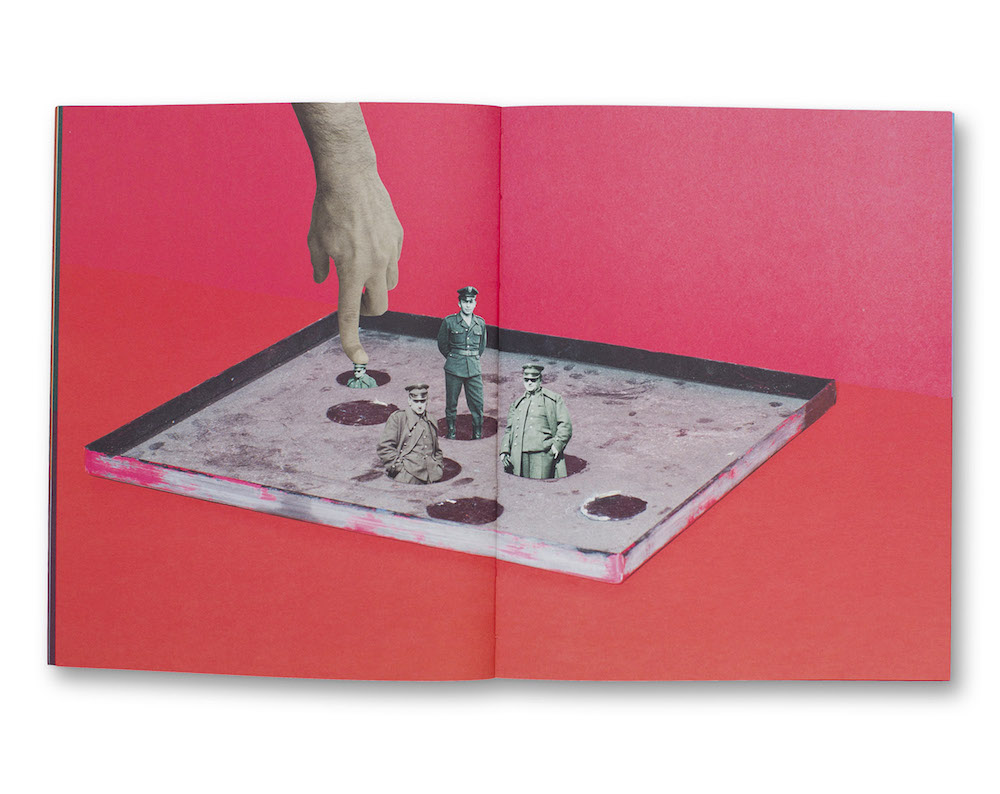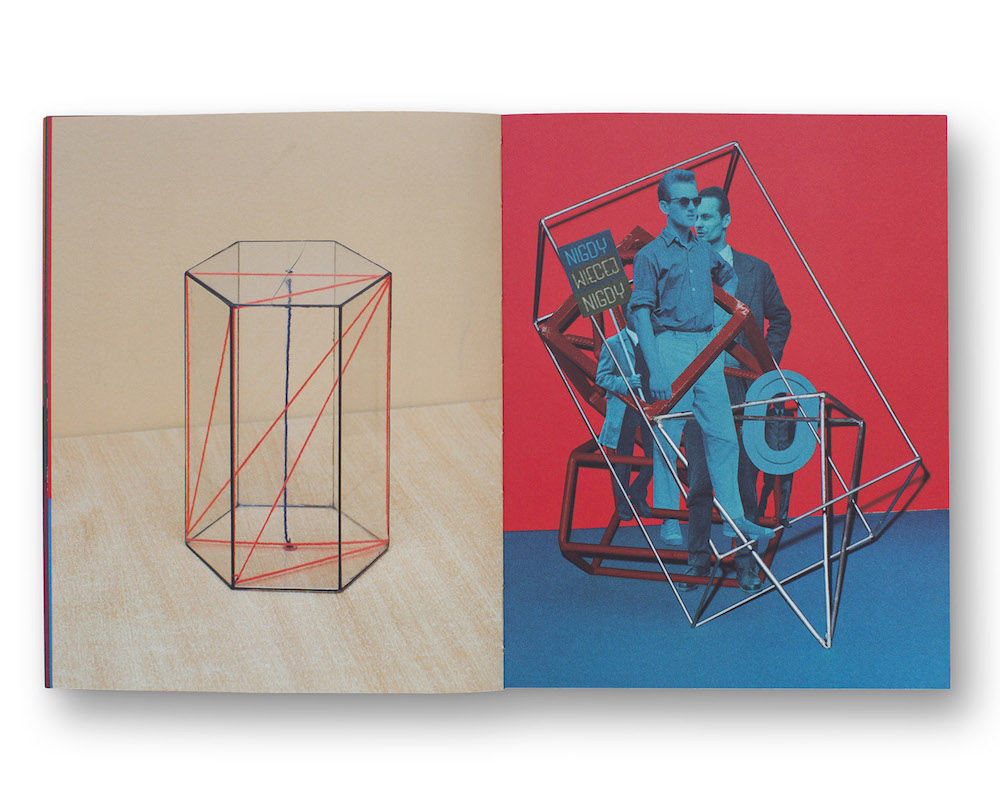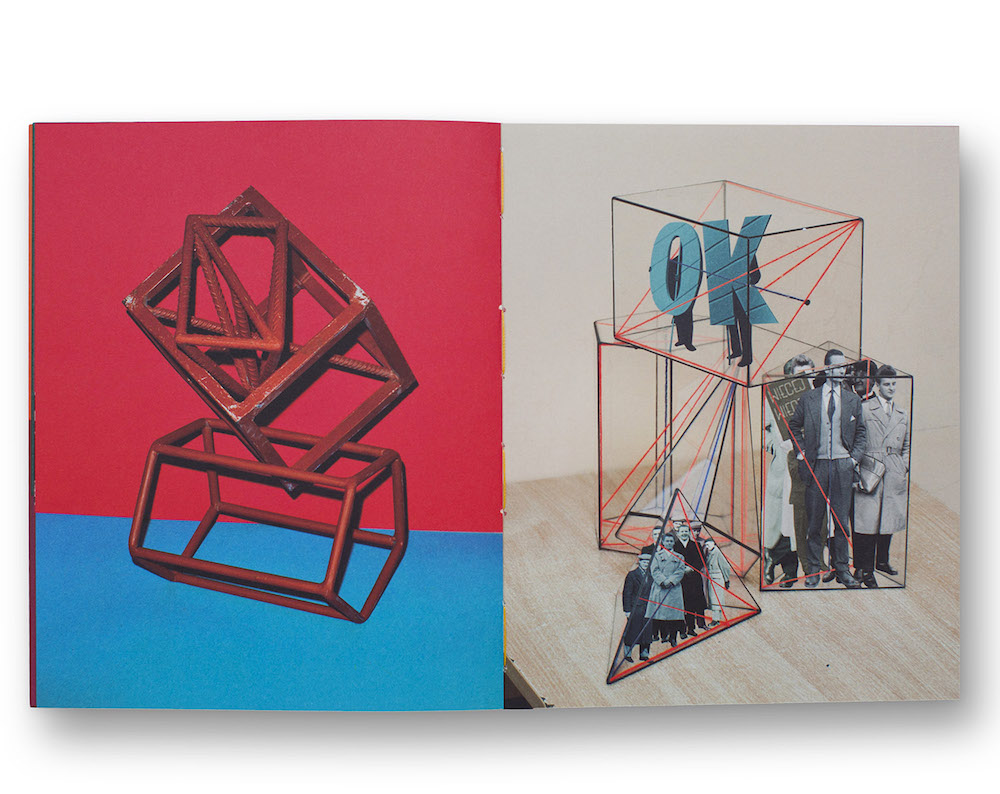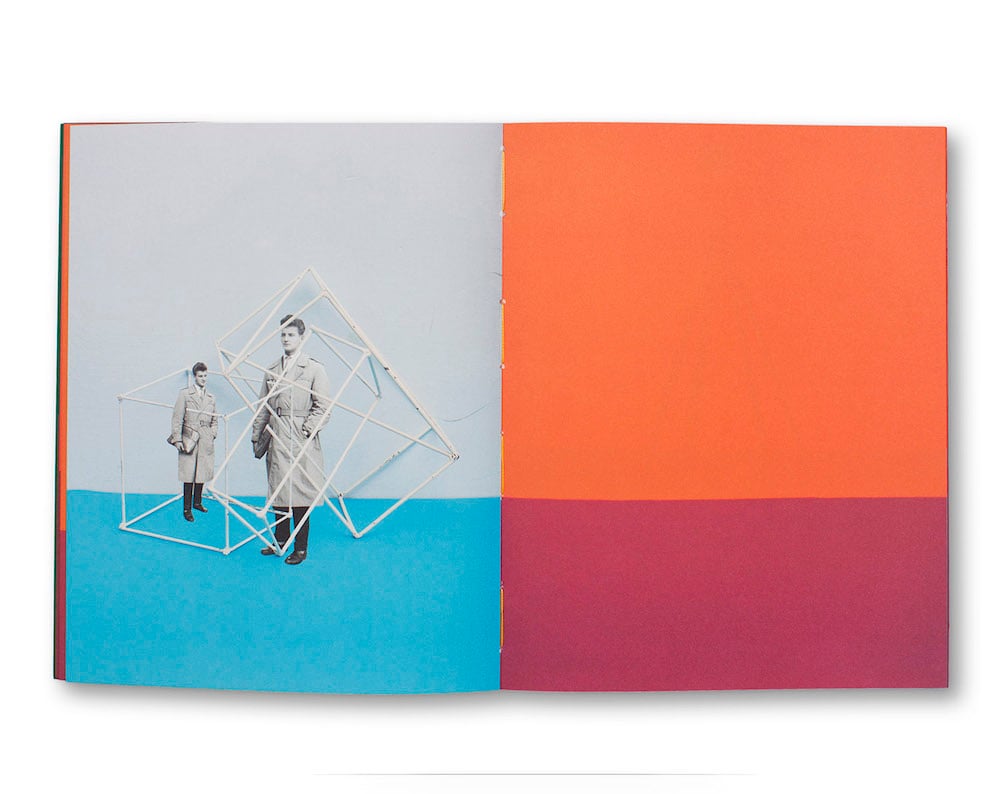Photo books of 2017: our pick of playful and thought-provoking New East publications
Featuring cowboys, picture-perfect architecture and rare and amusing archive material, look back at 2017 with these beautiful publications.
Following our round-up of the best film, literature and music releases across the New East in 2017, we’re bringing you nine of our favourite photo books. Some of the photographers and projects you may already recognise from past features and the New East Photo Prize, but we were also keen to spotlight new names and photo book debuts. Featuring cowboys, picture-perfect architecture and rare and amusing archive material, look back at 2017 with these beautiful publications.
Collected Works by Sanja Marušić
Mysterious cowboys, technicolour saloons, abstract bodies emerging out of deserts and flora — this absorbing surrealism is typical of the work of Dutch-Croatian photographer, filmmaker and digital artist Sanja Marušić, who seems to have inherited her vibrant style from a combination of influencers including Viviane Sassen, Yayoi Kusama and David Lynch. The vast, desolate landscape is her blank canvas, and she often inserts herself in the expanse, dressing up in wild and flamboyant costumes of her own creation. Her first photo book Collected Works (available here) is an explosive exploration of alternate worlds that, unlike the biggest trends of 2017, doesn’t resort to cataclysm or dystopia.
Flow by Tymon Markowski
Tymon Markowski, by contrast, looks for surreal scenarios closer to home. The subject of his photo book Flow is the Brda River, a familiar feature of his hometown of Bydgoszcz in northern Poland. At first, the Polish photographer was curious to see where this river would lead him, physically and conceptually. After travelling the length of the river he began to collect unusual stories connected with the Brda. As it turns out, this quiet river plays host to a variety of eccentric leisure activities, including battle reenactments, competitive boat building (out of plastic bottles, as pictured above), hat parades, survival courses and more. Building on these local oddities, Markowski’s Flow is both a charming portrait of the most ordinary of places and a celebration of the strangeness of everyday life.
Palladium by Andrejs Strokins
Latvian photographer Andrejs Strokins, one of the talents shortlisted in last year’s New East Photo Prize, is an avid collector photo albums, magazines and books dating back to the Soviet period. One of his notable discoveries has been a photo archive relating to one of Latvia’s Soviet-era cinemas, formerly known as Palladium. The movie theater hosted numerous cultural events such as ballets and conferences and even screened American, Mexican and Cuban films. The recovered images collected in this book would have priginally been taken by a professional photographer at a time when photography was a tool of Soviet propoganda. Besides documenting events taking place in the building, the archive spotlights the invisible stars of the theatre — its workers. Frequently it depicts candid moments when the workers are caught unawares, socialising, dancing and even canoodling. In our previous interview with Strokins, he explained his fascination with our changing relationship with photography. What exactly did the photographer mean to document when taking these shots? Though taken decades ago, the photos somehow feel strangely relatable, while also showing a glimpse of Soviet-era Latvia.
Clear of People by Michal Iwanowski
Back in 2016, Michal Iwanowski told The Calvert Journal about his experience retracing his grandfather’s gruelling escape from a Russian gulag in 1945. Following his great uncle’s diary, the photographer walked from Kaluga, Russia, where his grandfather and his brother were prisoners of war, through Belarus and Lithuania to Wrocław, Poland. The route totalled 2200km, which Iwanowski followed step-by-step 70 years later. After a successful Kickstarter campaign, Clear of People was published by Brave Books in April this year and has already been nominated for the Deutsche Borse Photography Prize 2018. It’s a book that will continue to resonate not only as an important document of WWII history, but also as a story of oppression and freedom.
Ed Forbis by Lola Paprocka and Pani Paul
Lola Paprocka is the photographer behind books such as Blokovi: Novi Beograd, dedicated to the apartment blocks and residents of New Belgrade, and Tattoo Kids, which playfully combines her love for tattoos with childhood memories of her native Poland. A self-taught photographer and publisher, she has been building her small publishing empire Palm* Studios in London since 2015. Ed Forbis is Palm’s latest release, made in collaboration with Australian photographer and partner Pani Paul following their travels to the Grand Canyon. It centres on a chance meeting with a former cowboy turned ranger, who offered to show them around the national park. It wasn’t until he invited them back to his house, decorated with antique Marloboro’s adverts, that they dicovered he was the star of the infamous 1980s commercials. The entire project was taken over the course of just a few hours. Poprocka and Paul took the portraits as the sun was setting, giving the pink canyon a golden hue that would eventually become the colour of the book’s cover.
Once a Dream Did Weave a Shade by Karlis Bergs
There is a serene calmness to Once a Dream Did Weave a Shade, the exact opposite of the world of spectator sports that Karlis Bergs is responding to in his book. That’s because the series focuses on the almost meditative experience of the spectator, those moments of quiet concentration when you just can’t take your eyes off the game. The Latvian photographer first had the idea for the project after walking past a house where an elderly woman was watching a football game on her TV, totally transfixed to the screen. Featuring psychological portraits and photos of suburbs taken at night, it’s an introspective book that will satisfy not only sports fans.
On The Periphery by Sinziana Velicescu
Instagram feeds don’t always make good photo books, no matter how carefully-curated they might be. Romanian photographer Sinziana Velicescu’s On the Periphery (available here) is an exception. There’s no doubt her sun-drenched, geometrically-pleasing photos of LA, where she lives, look damn good on Instagram. Away from the perfection fatigue of social media, Velicescu’s photos offer a stirking glimpse of LA’s unique architectural vernacular — something usually lost in the visual noise of the Californian city — and plays on the fabricated image of the famous “city of angels”. We also suggest checking out her gorgeous photos of her native Romania.
36 Views by Fyodor Telkov
36 Views by Yekaterinburg-based photographer Fyodor Telkov takes its name from Katsushika Hokusai’s famous engravings of Mount Fuji. The subject of Telkov’s series is instead an artificial waste heap that dominates every view in the small mining town of Degtyarsk in central Russia. Though it’s no Mount Fuji, its looming presence over the town and its people is nothing short of spectacular. You can view more photos from the series here.
The First March of Gentlemen by Rafal Milach
Prolific photo book maker Rafal Milach is probably best known for his 2014 book The Winners, in which he brilliantly picks apart the bizzare nature of propaganda in Belarus by visiting state-sponsored competitions and posing as an “official” photographer. Milach has a knack for illuminating complex social issues in playful and unexpected ways. Since the change of government in Poland in 2015, he’s participated in various demonstrations, including the Black Protest in December last year. His latest offering, The First March of Gentlemen, is loosely based on one significant protest in 20th century Poland, a children’s strike in 1901 in response to the increasing German/Prussian influence in education, and the 1950s archive of photographer Ryszard Szczepaniak who photographed soldiers and civilian friends during the communist period. Always looking for new ways to visualise his stories, Milach has constructed a wildly compelling and thought-provoking book of photo collages, constructed of found material and abstract structures based on school objects.
Text: Liza Premiyak
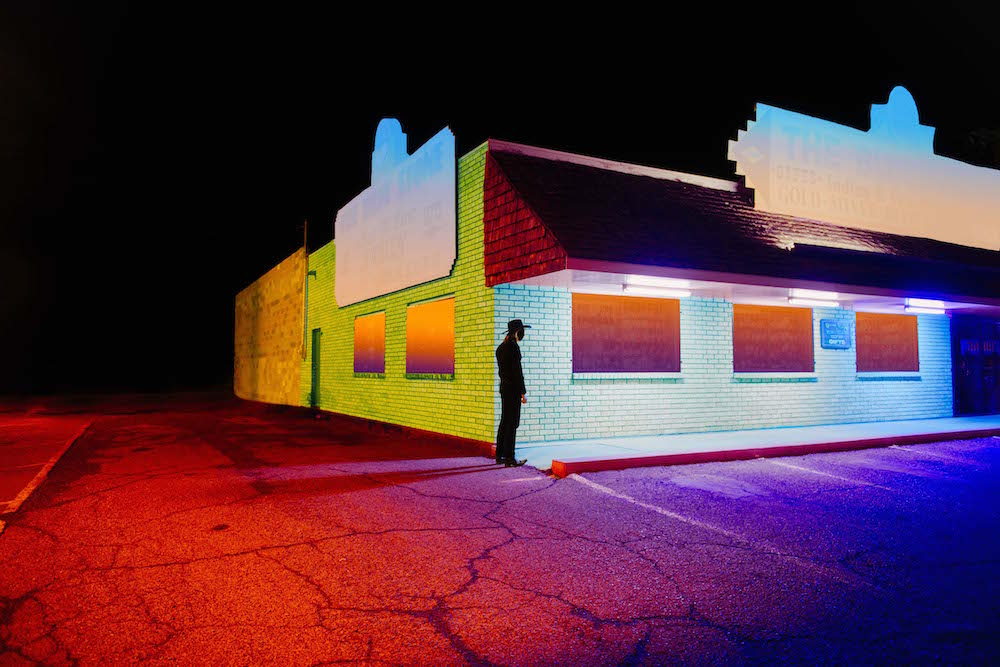
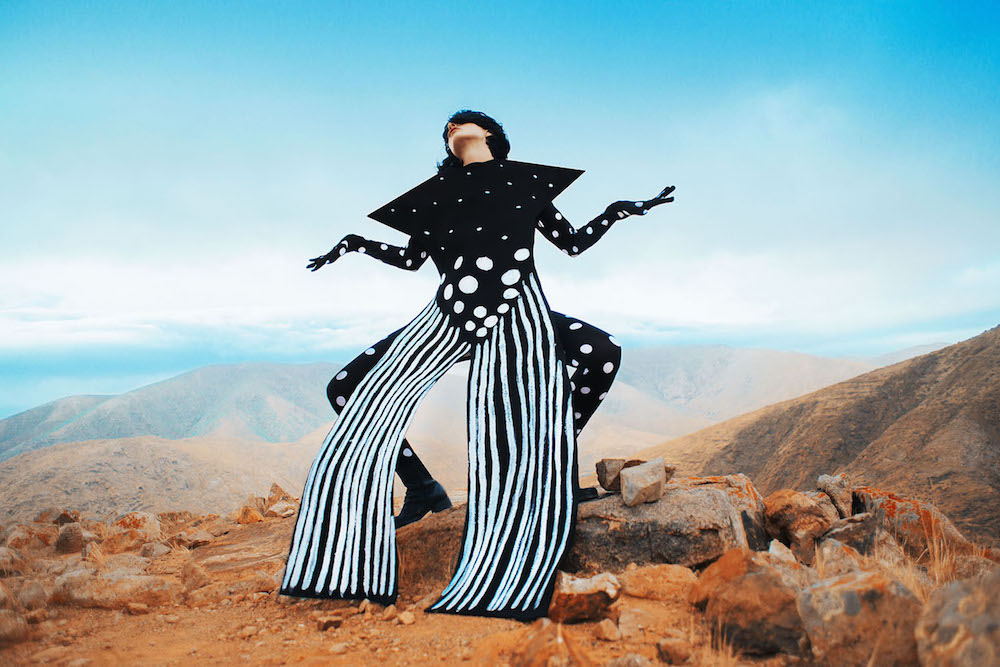
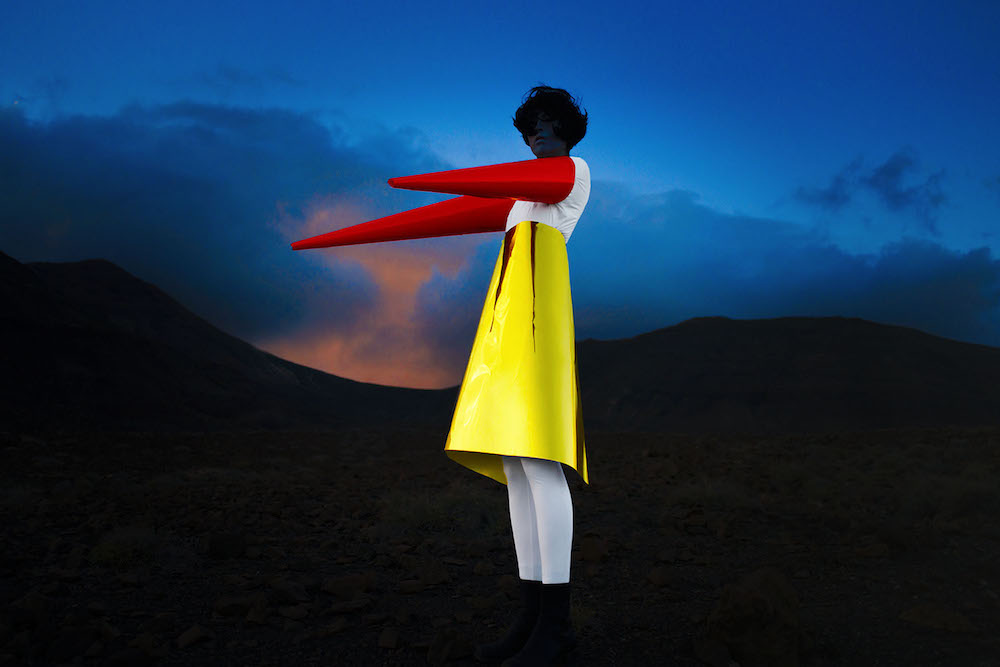
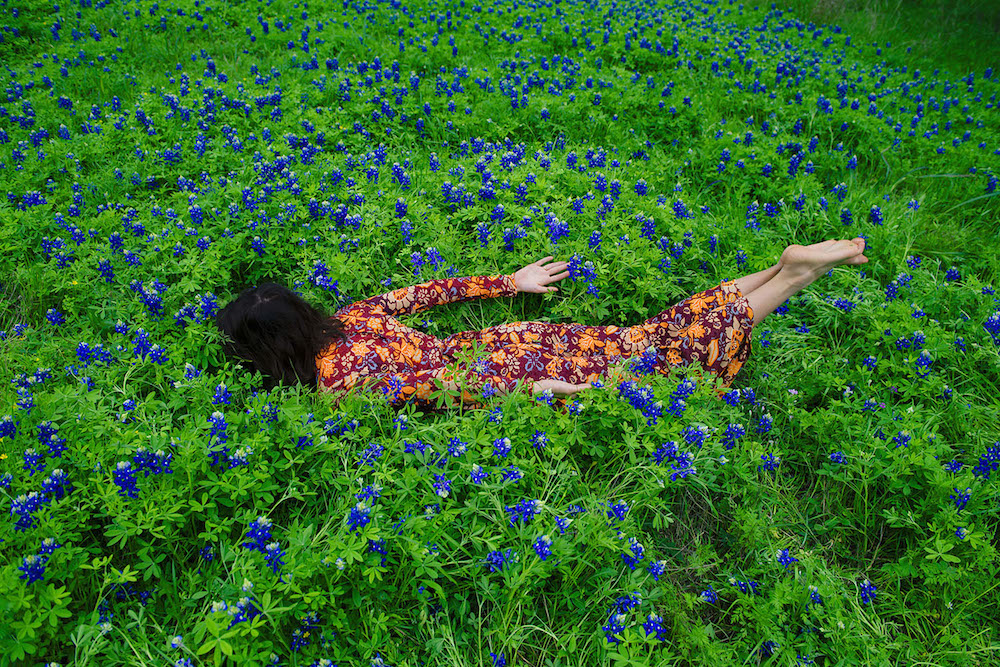
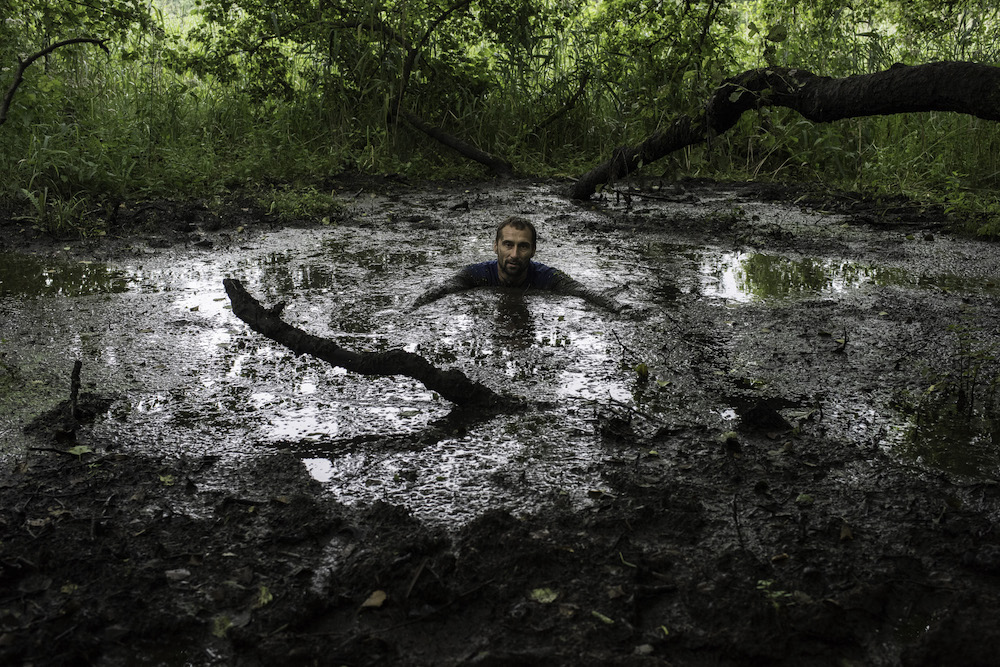
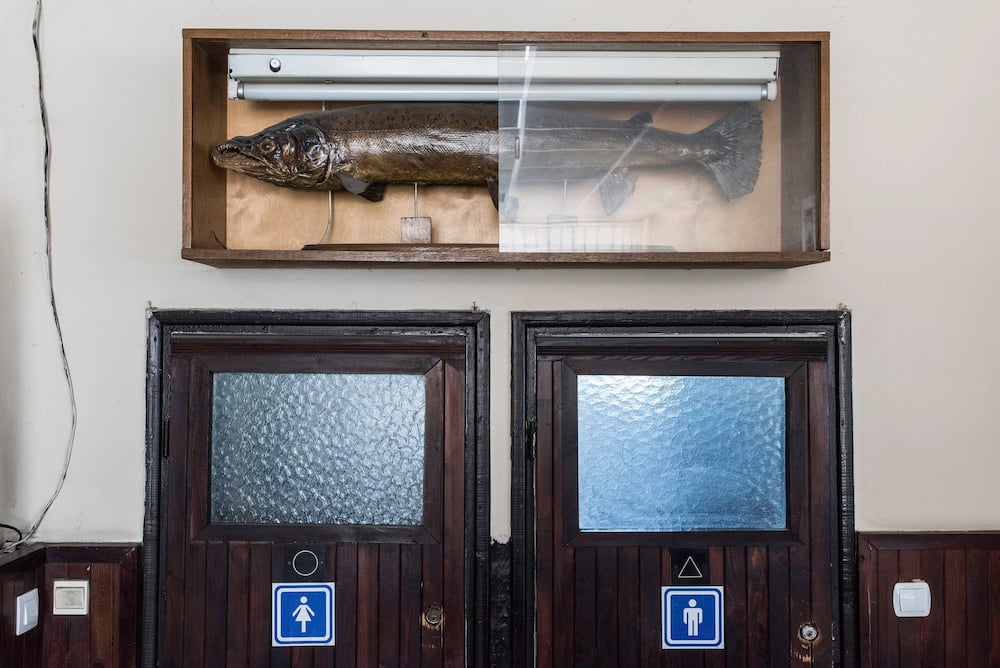
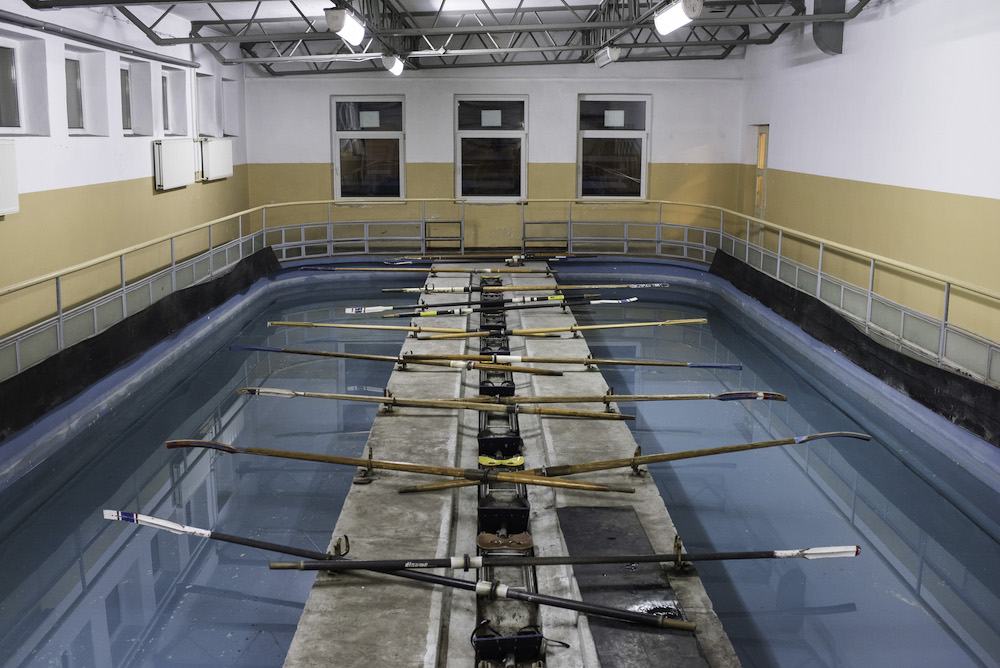
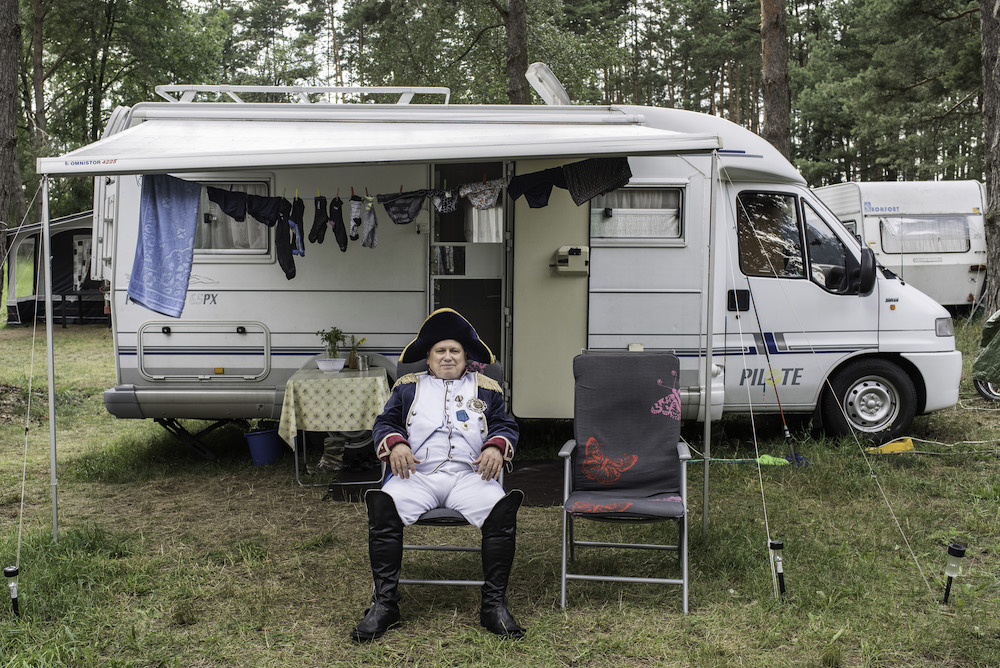
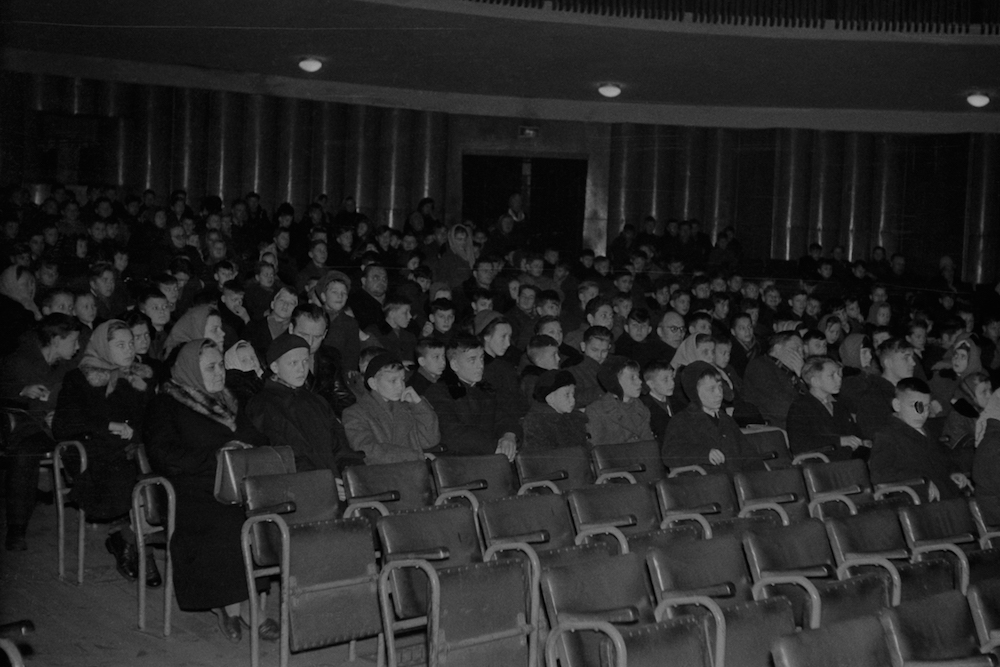
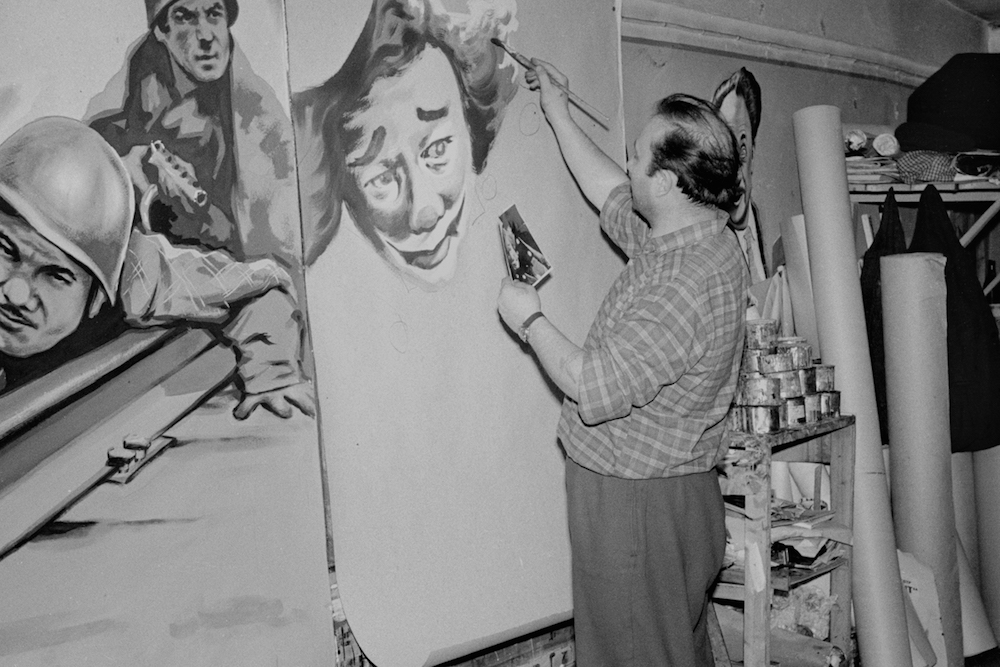
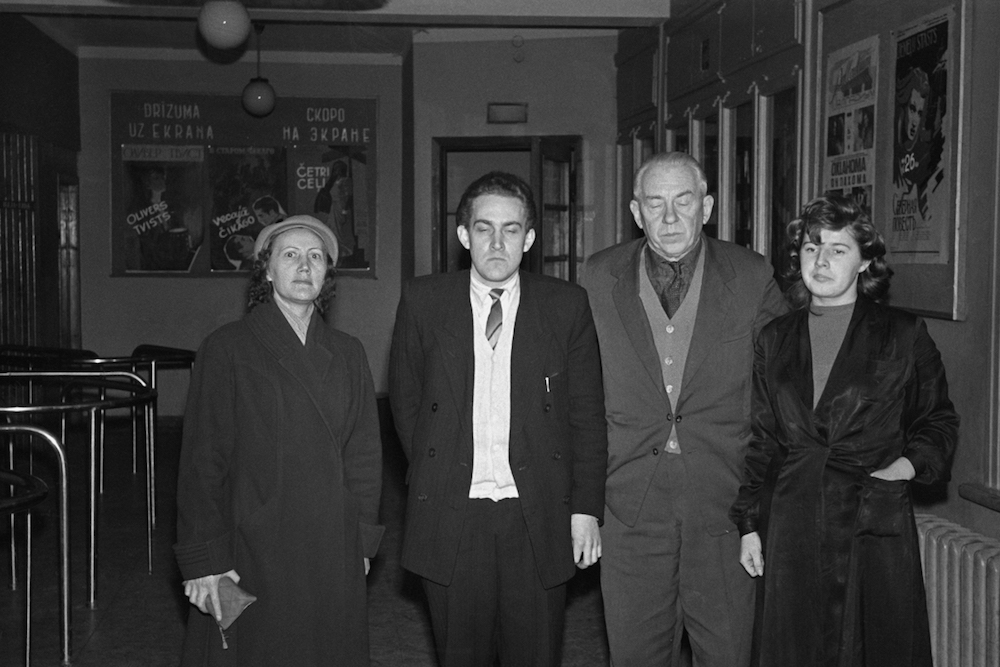
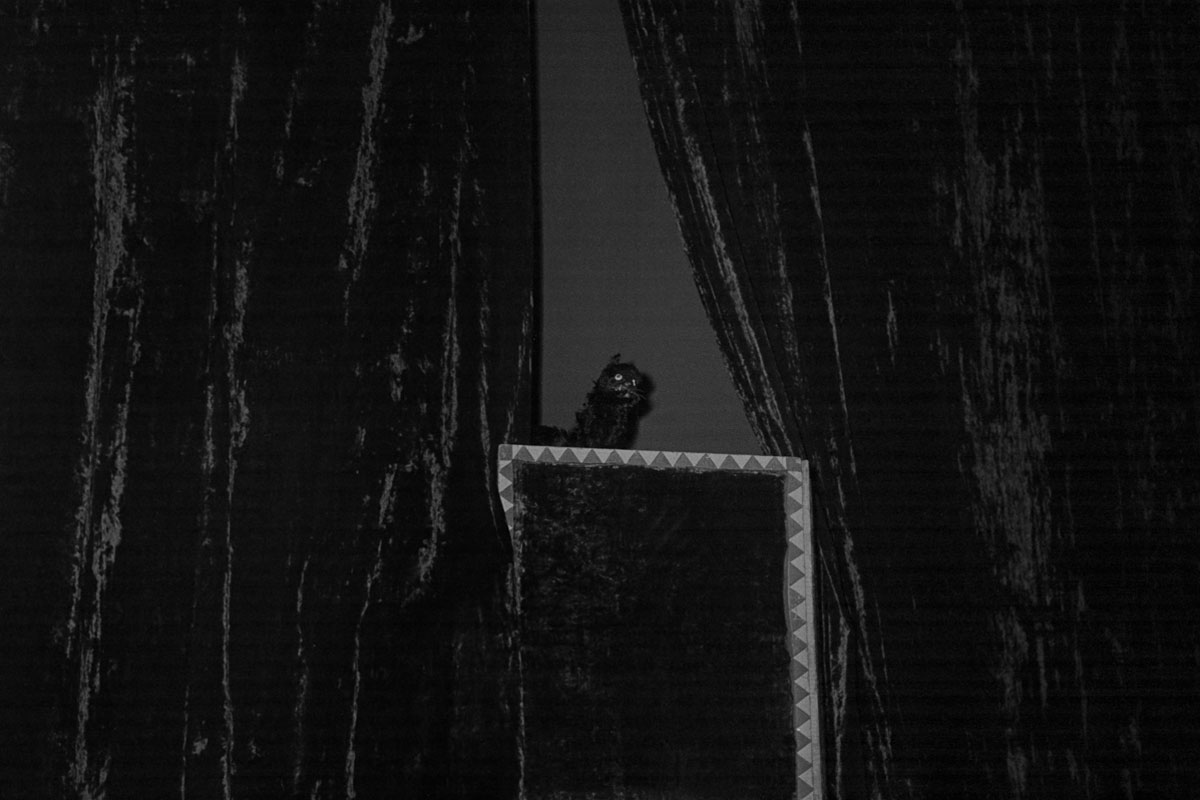
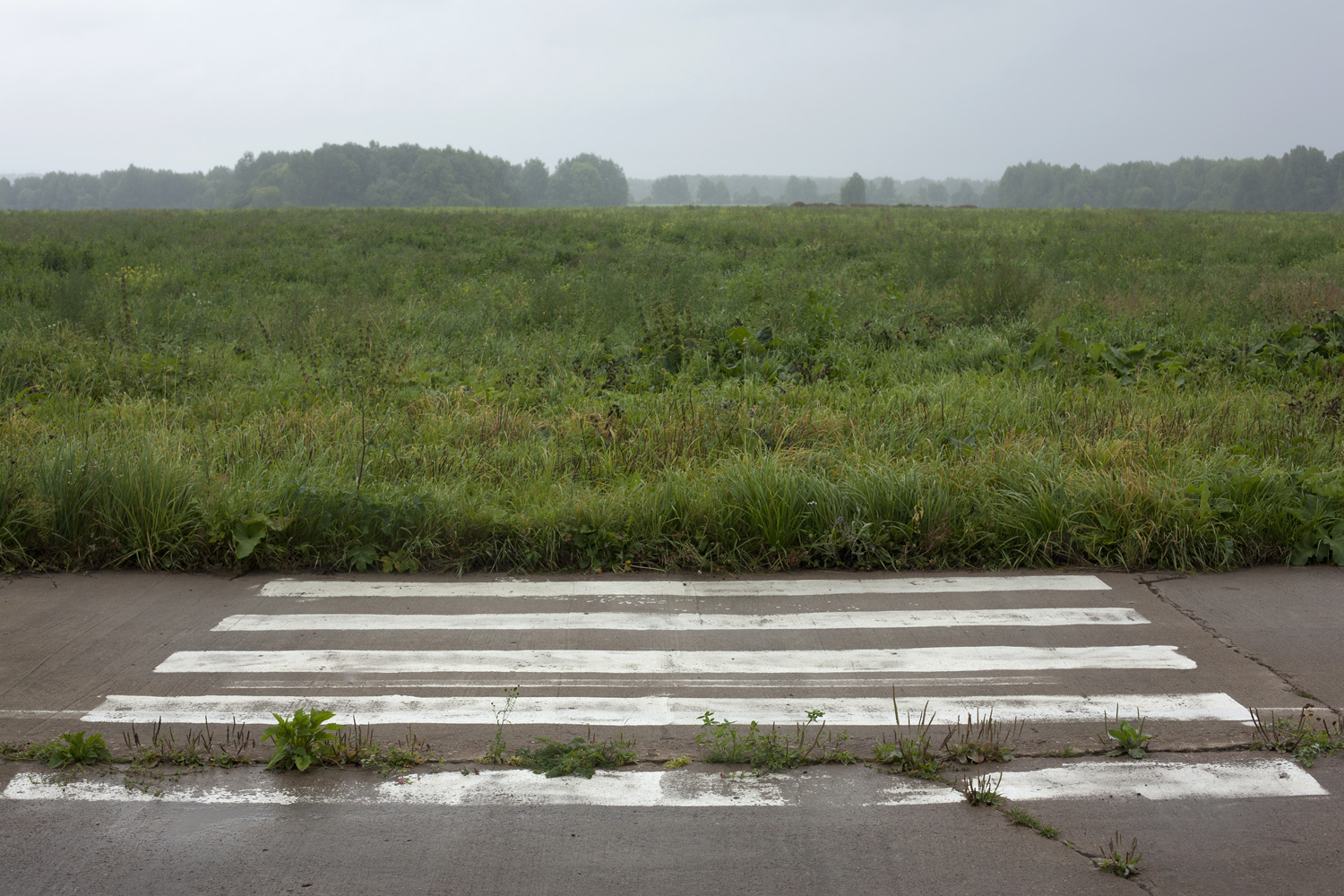
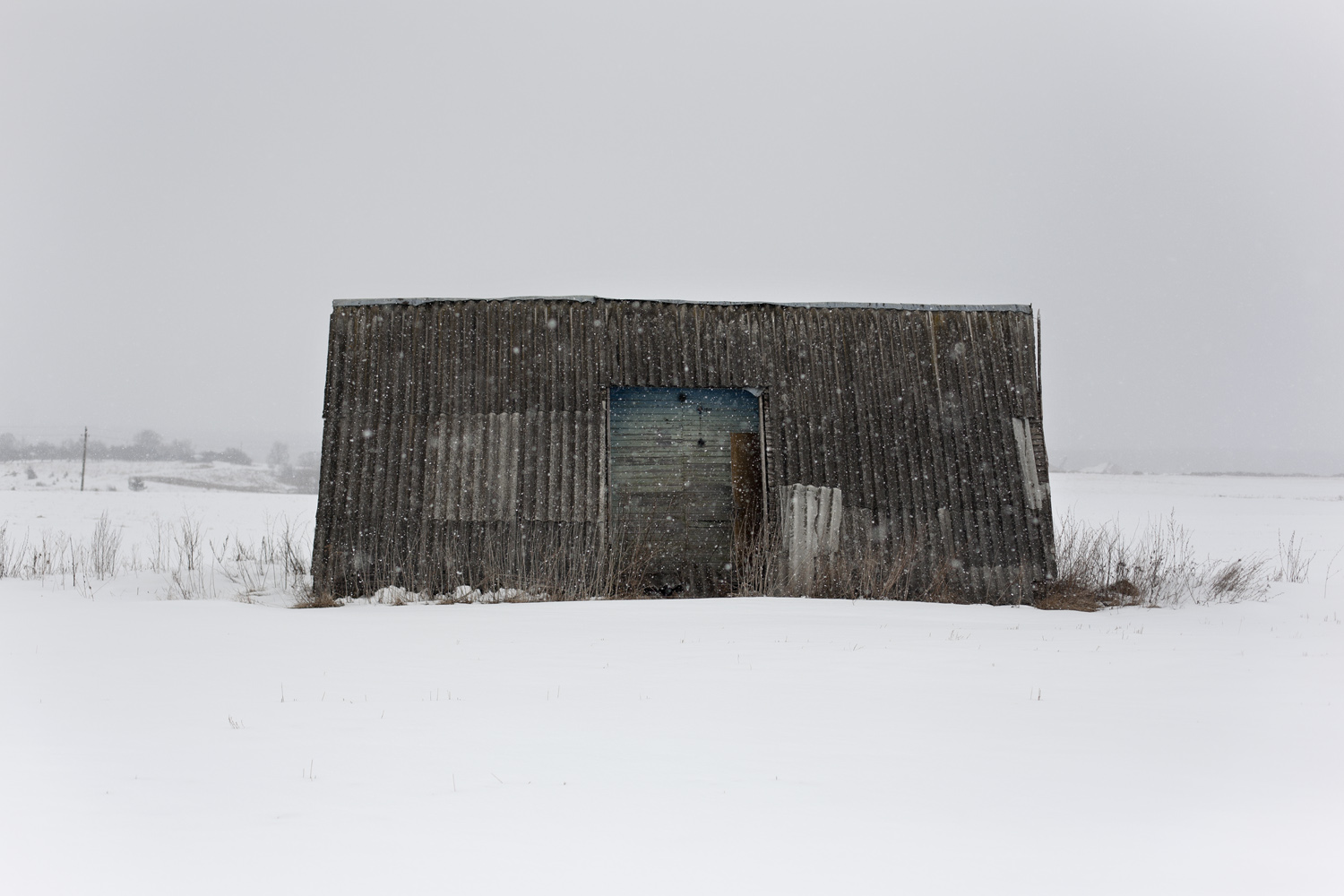
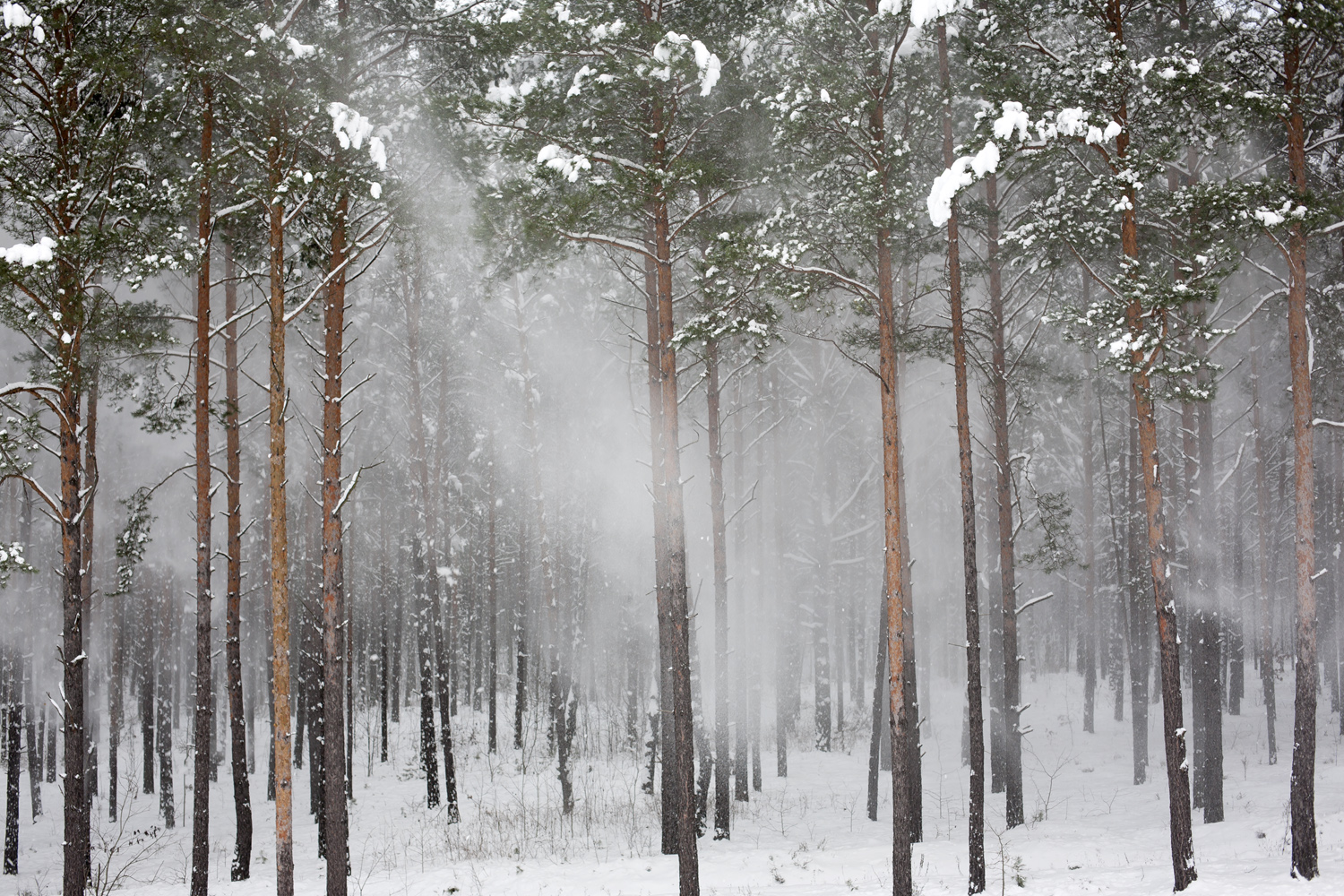
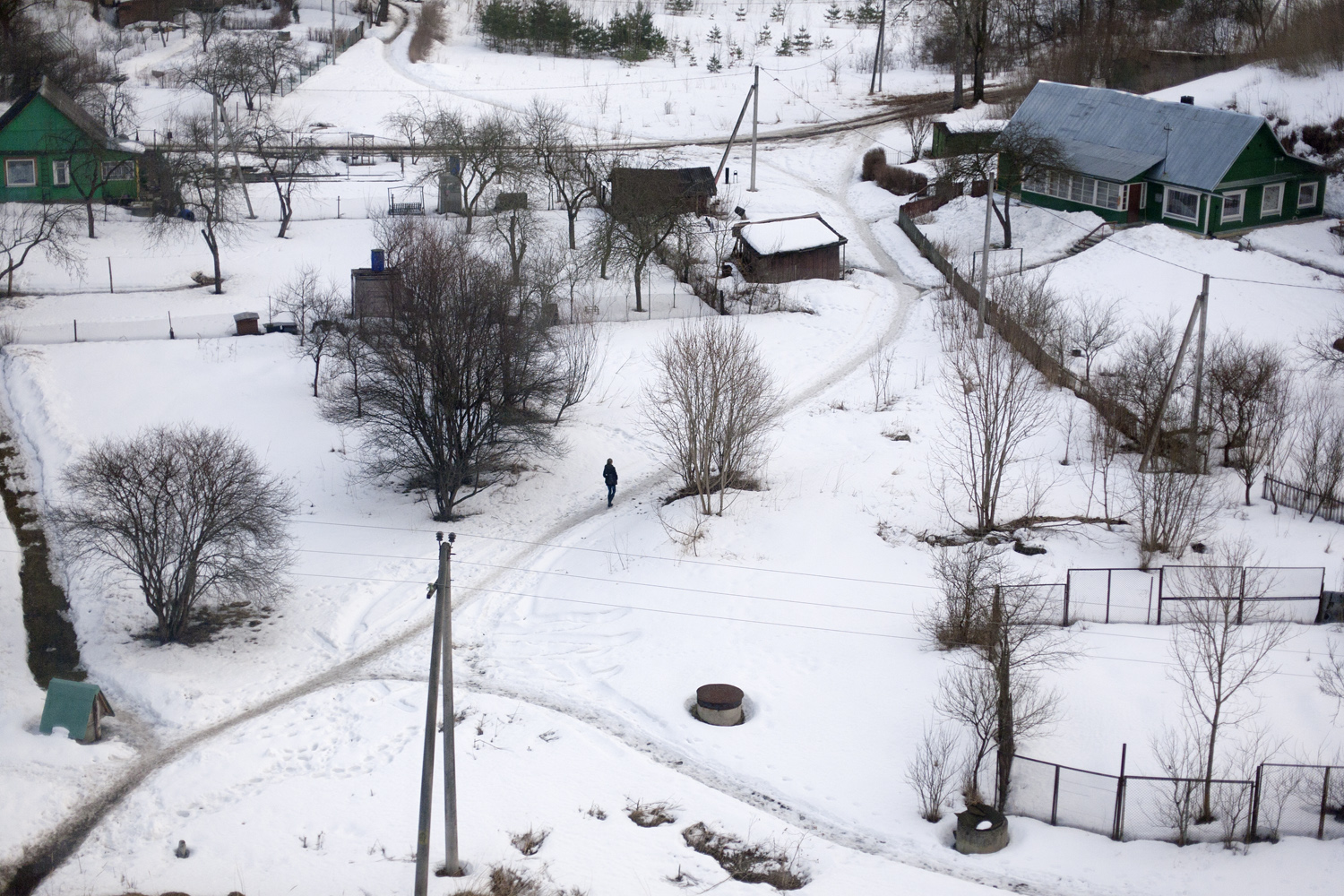
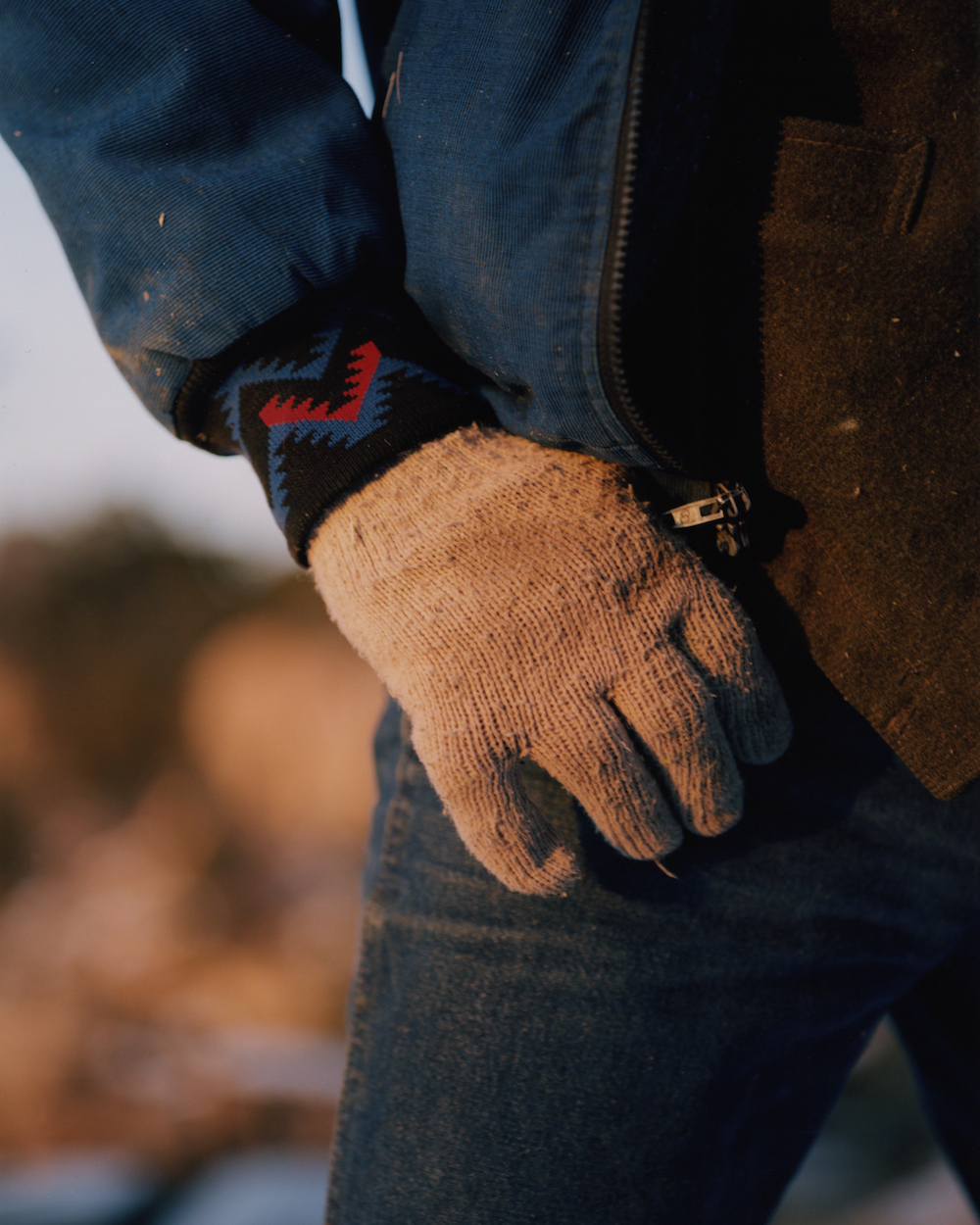
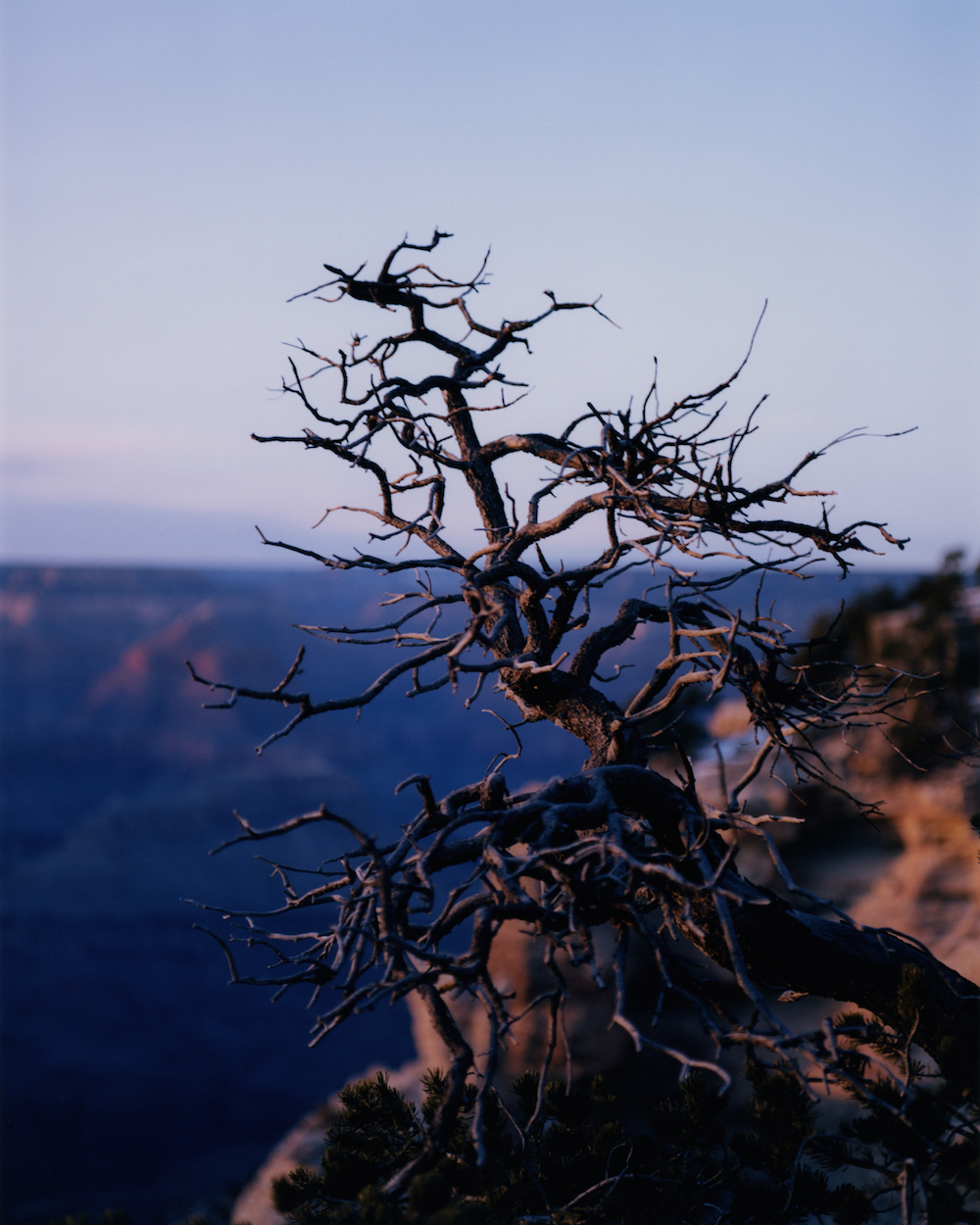
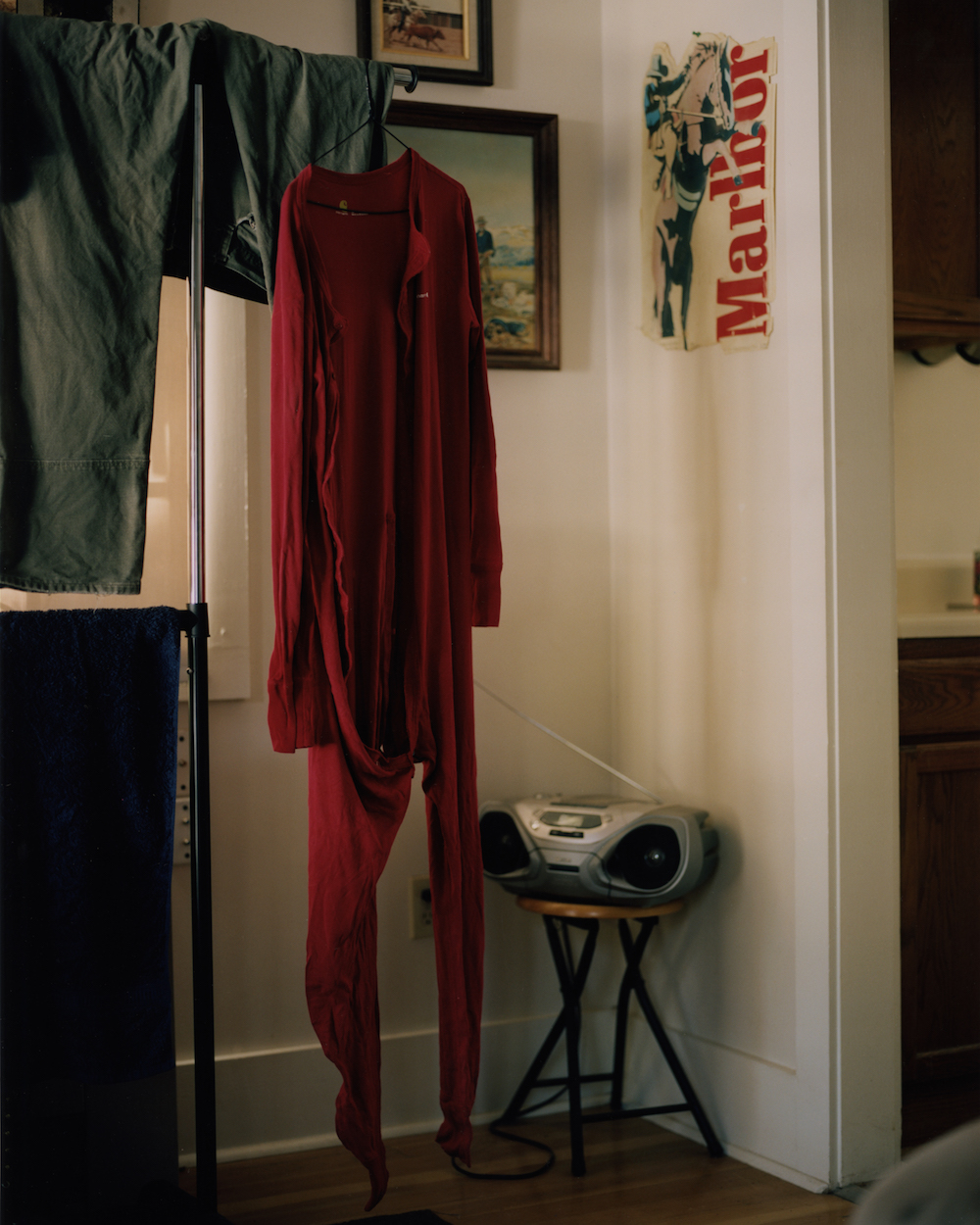
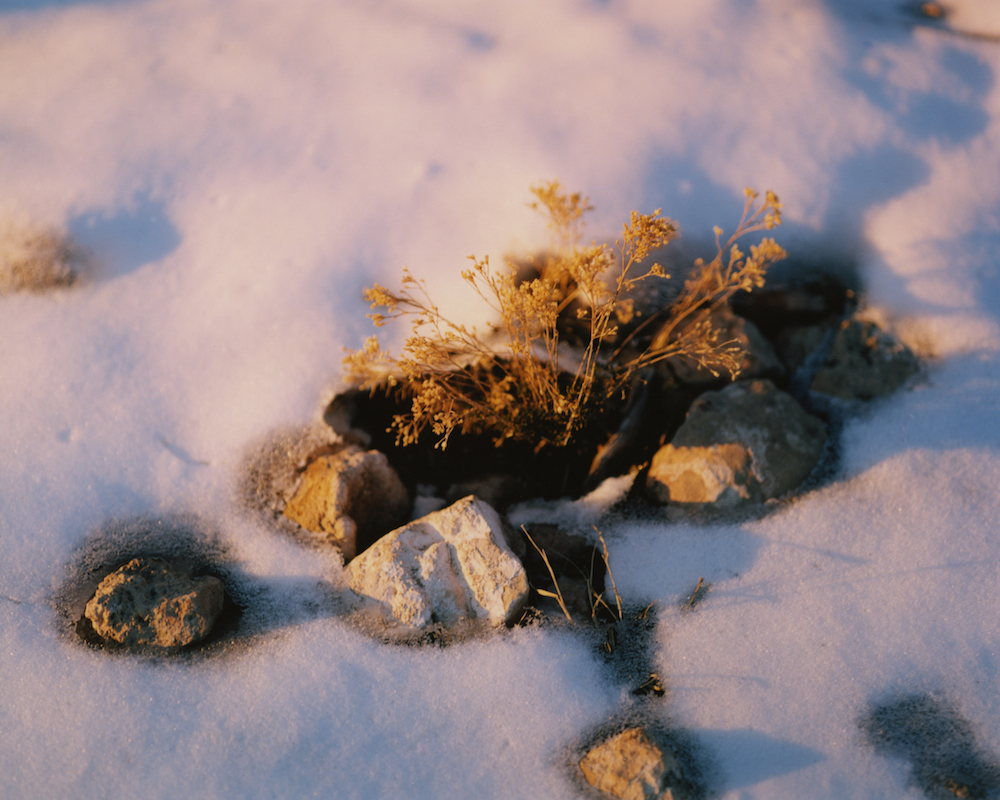

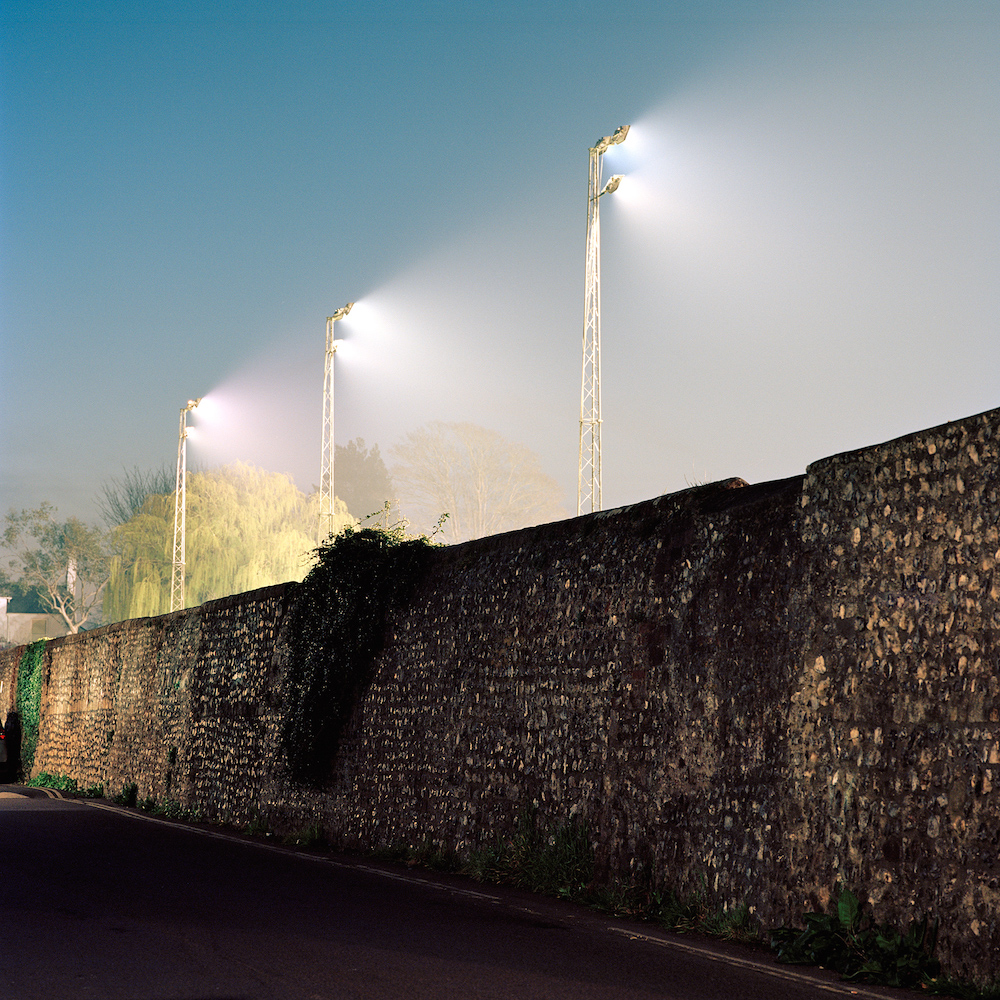
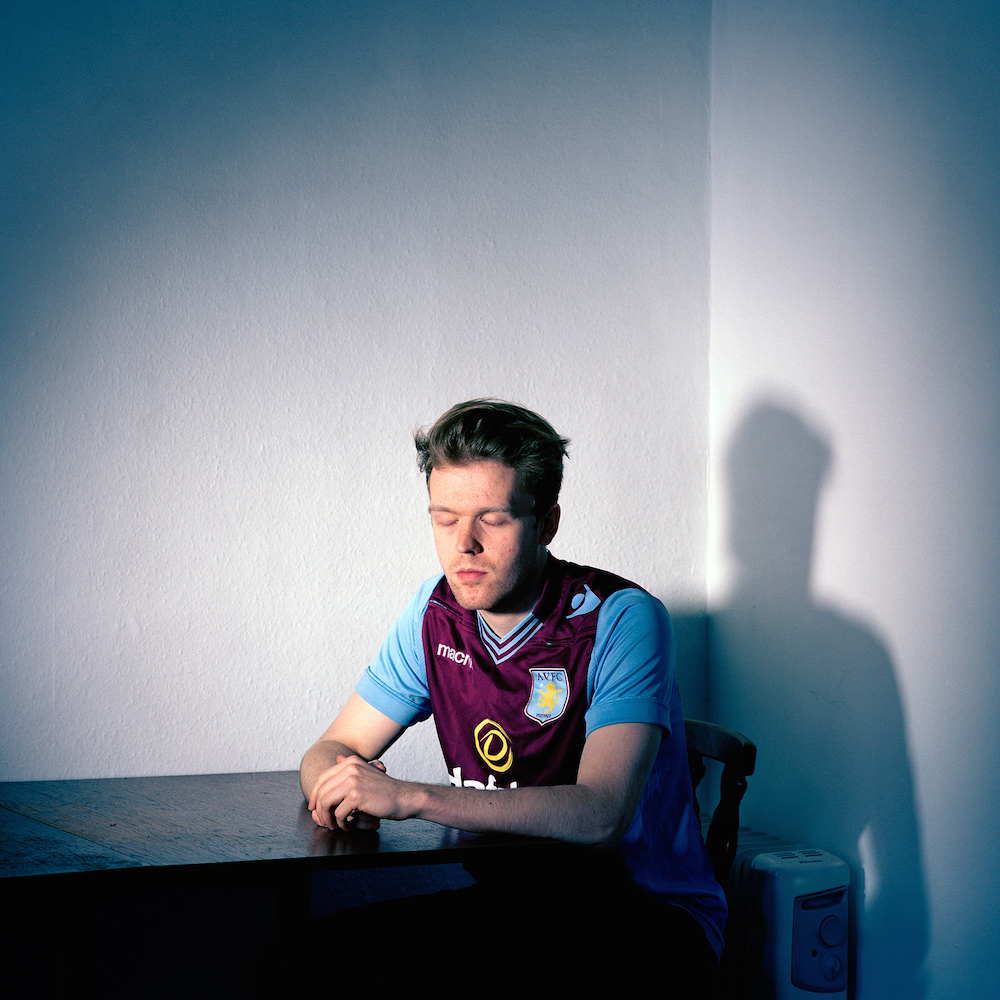
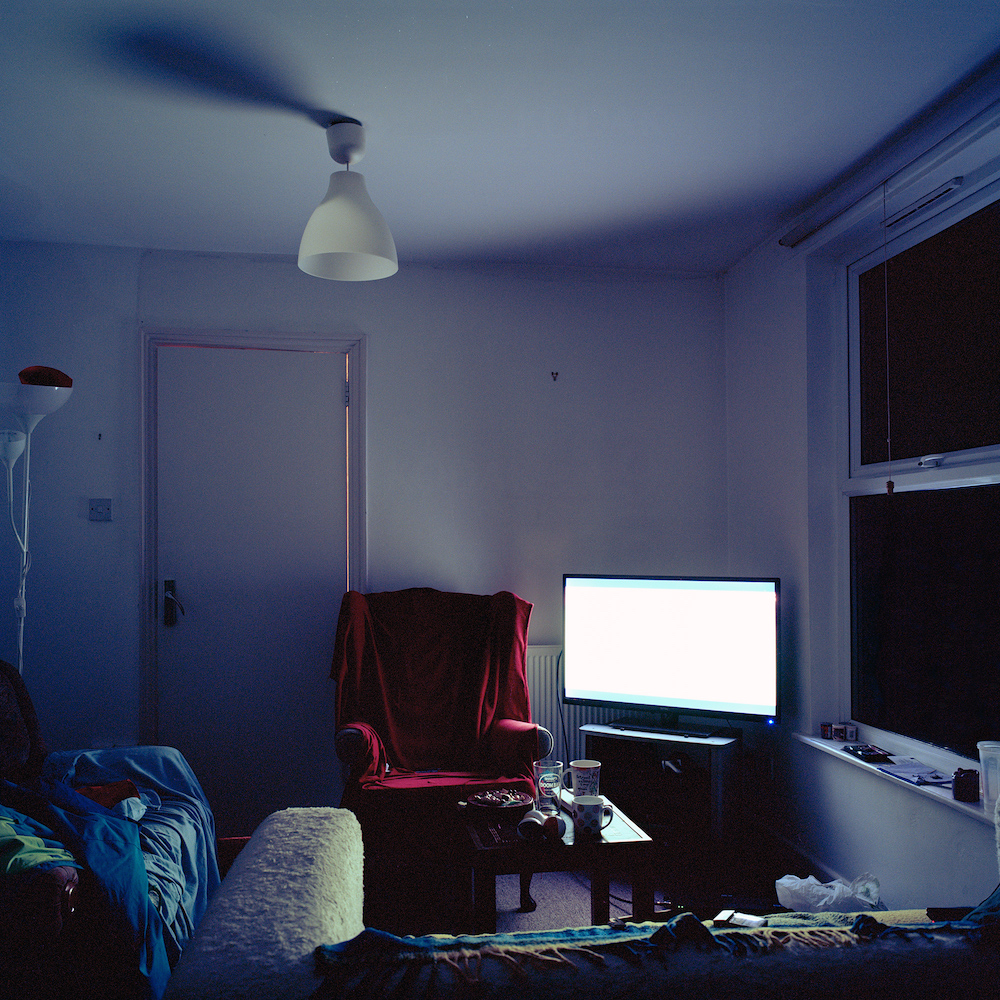
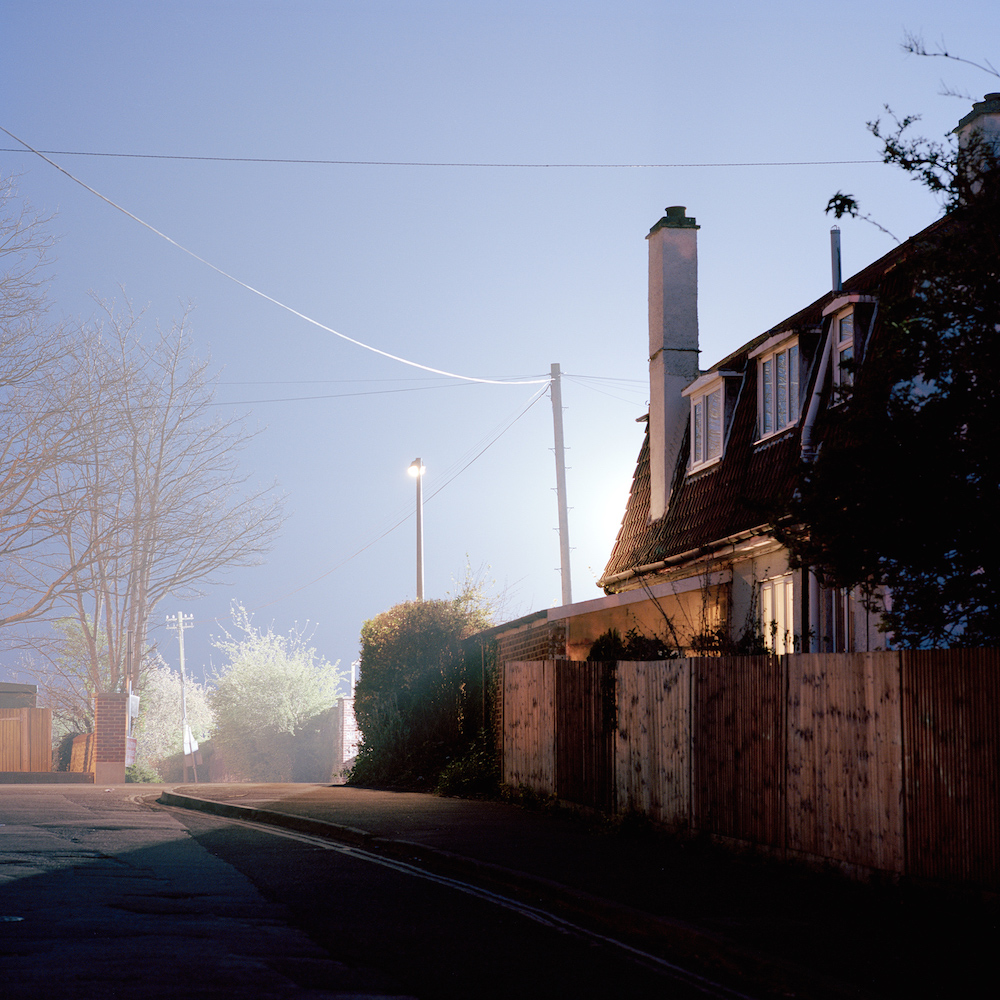
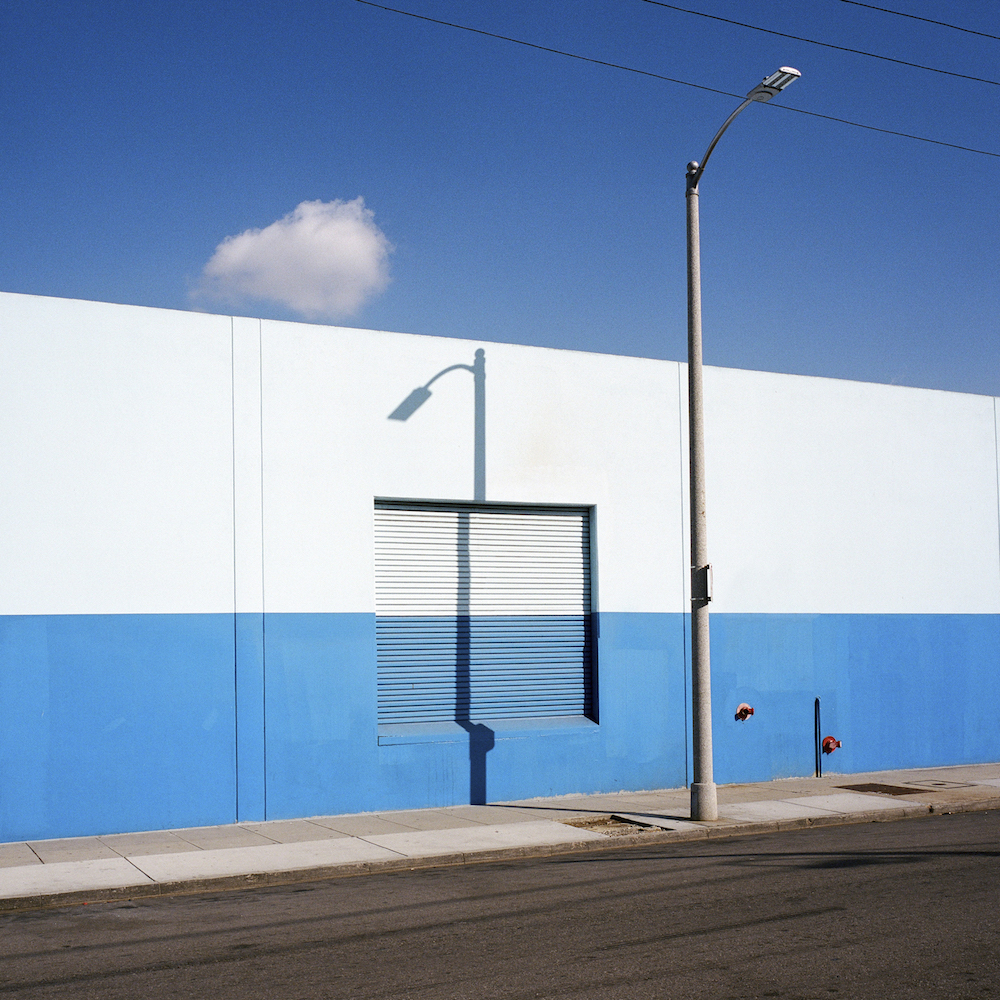
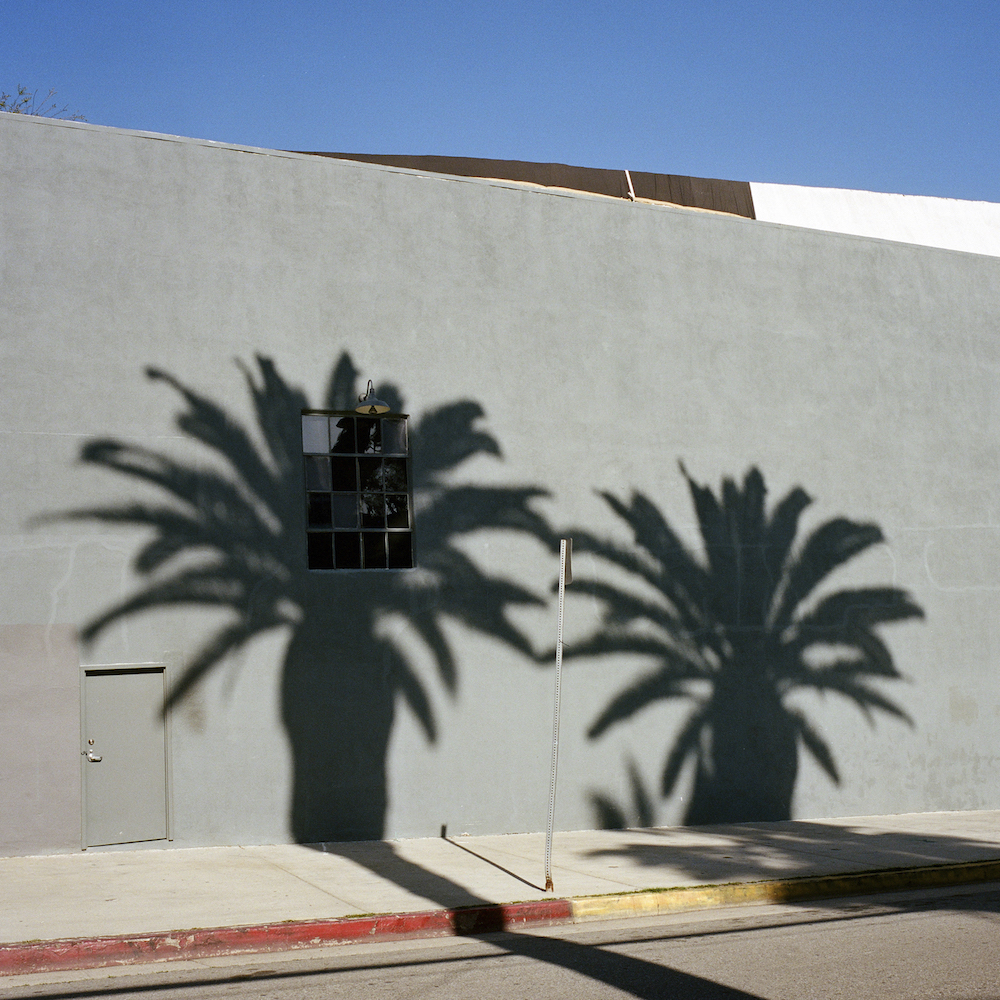
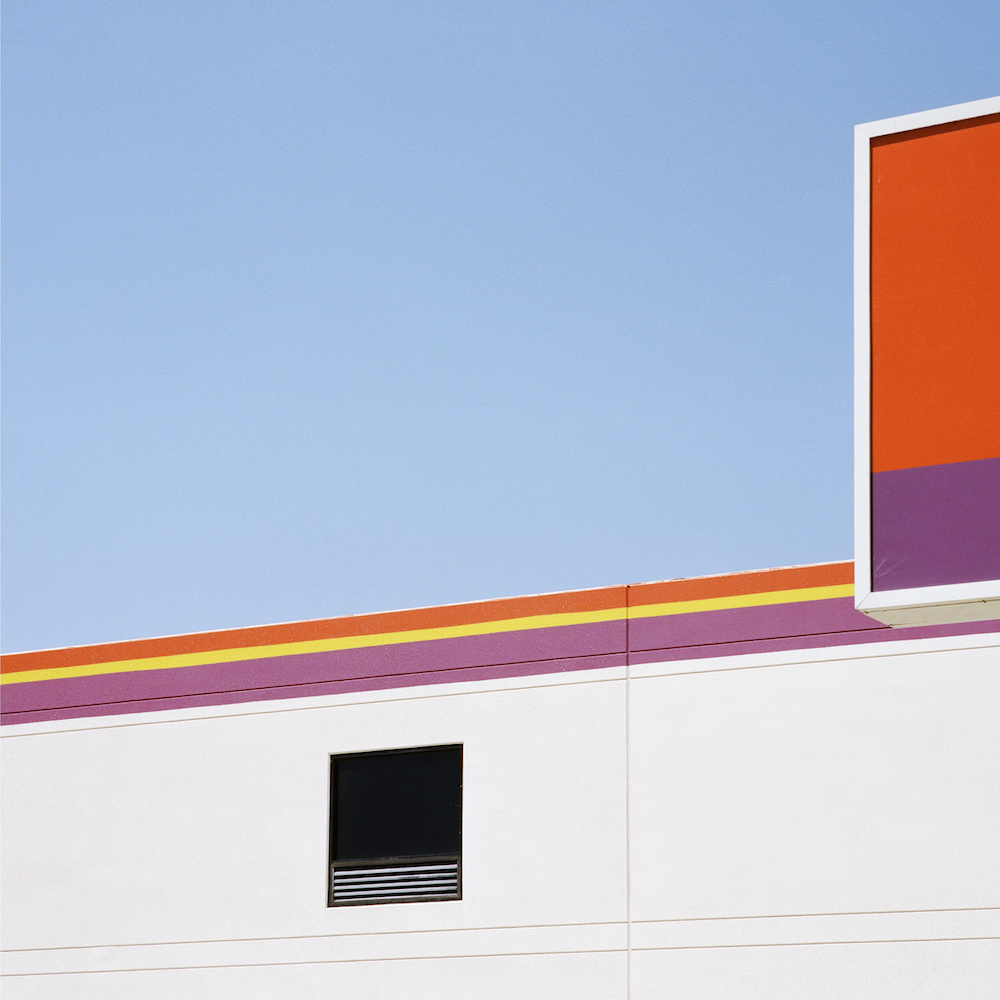
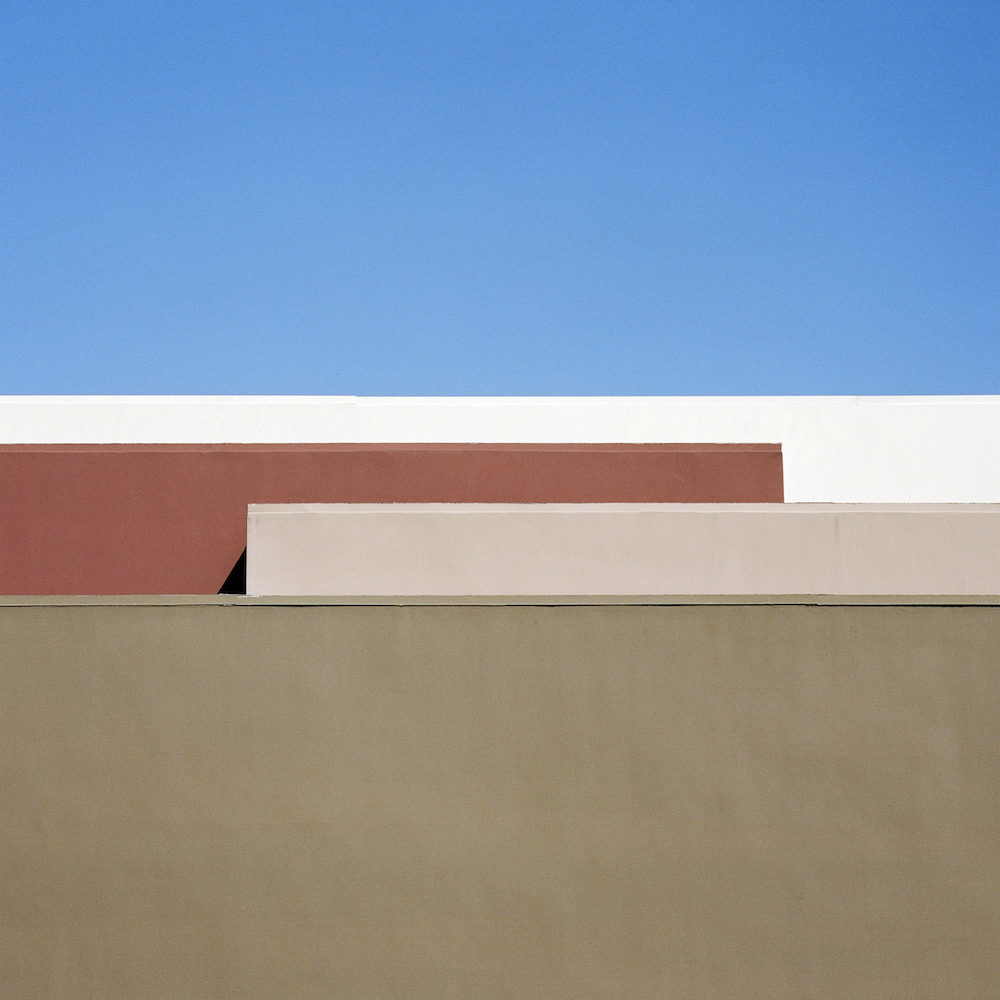
.jpg)
.jpg)
.jpg)
.jpg)
